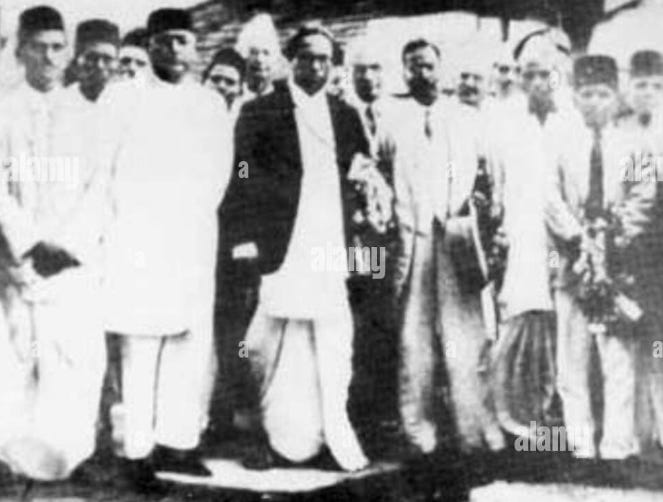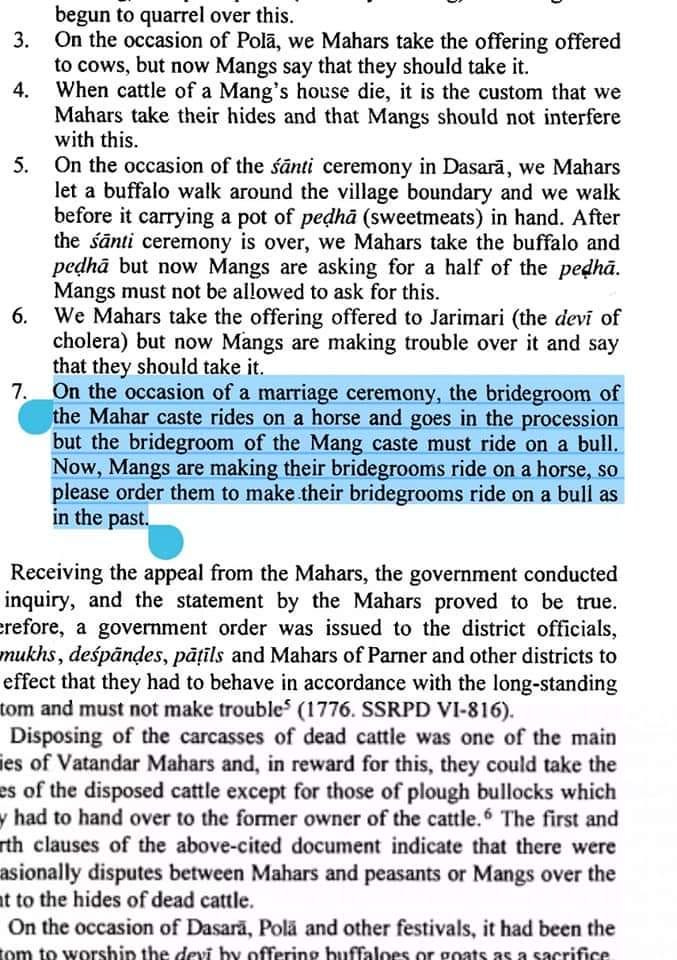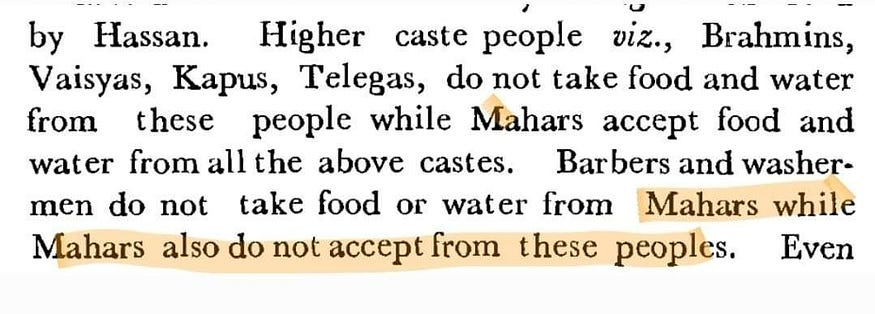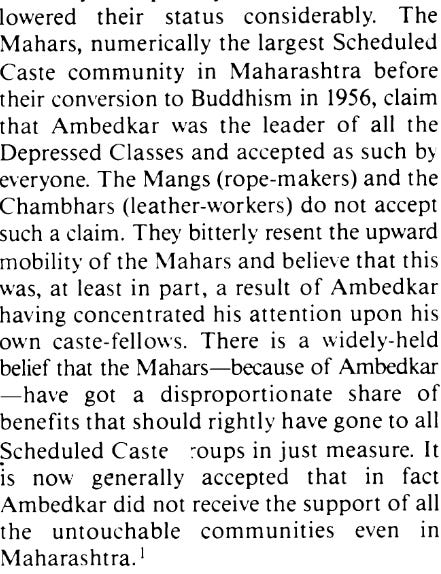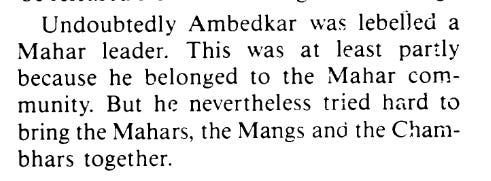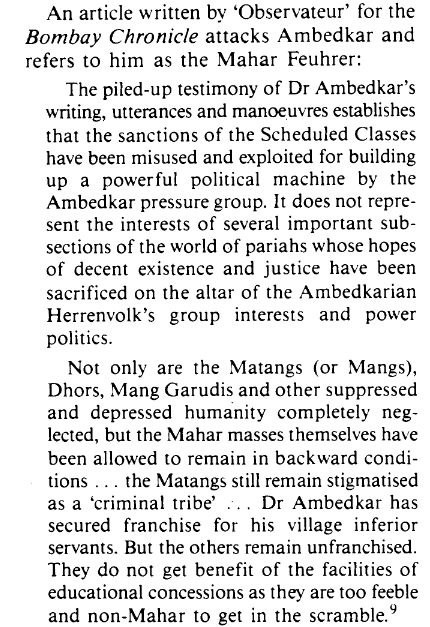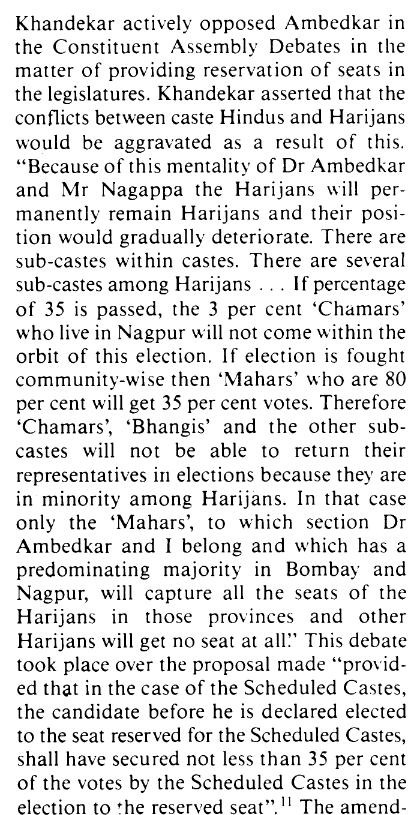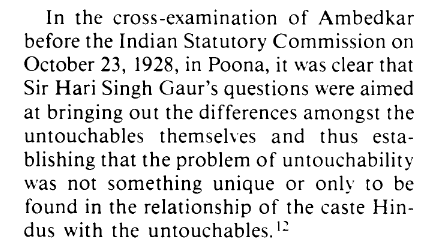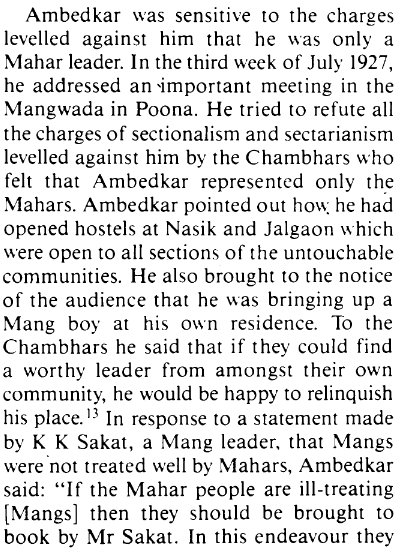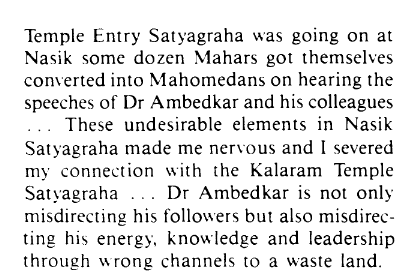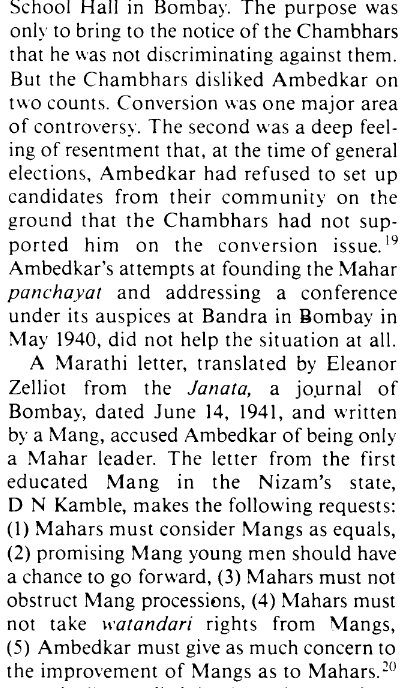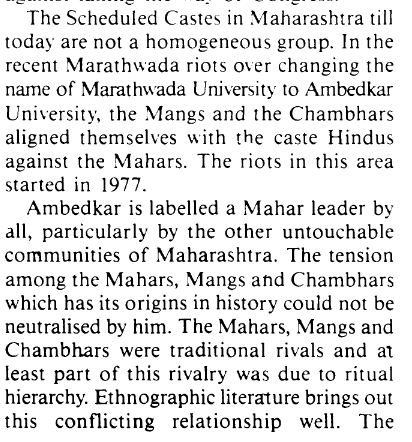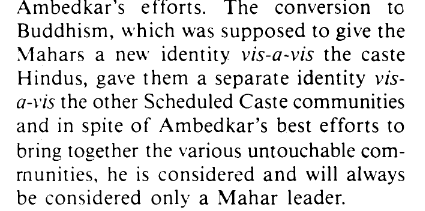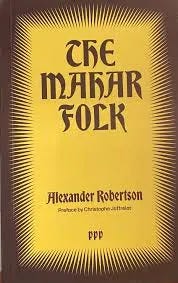Sub-Categorization of SCs
In the Indian Republic reservations have been a form of positive discrimination meted out towards the so called Upper castes to ensure that the OBCs, SCs and STs get representation in all spheres of public life, such as educational and political institutions. Over time it was observed that certain caste groups within the so called Lower castes were dominating in the reserved categories. To ensure that all caste group within the artificial identities of OBCs, SCs and STs get proper representation, sub-categorization was seen as a solution. It was also recommended by the
Rohini commission for the OBC community to ensure equitable representation of all backward caste groups, considering the fact that OBC is an artificial identity given by the government to caste groups they felt were socially and economically backward, as recommended by the Mandal commission. I as an OBC support subcategorization, as if reservations are not going to go, then it should help the most economically and socially deprived OBC individual, especially those who can make actual use of it and use it as a hook to move upward in life instead of using it as an easier way to get into prestigious institutes and to get government jobs.
A similar problem occurs even in SC groups where certain dominant groups within this artificial group take all benefits provided by the government instead of helping the most deprived sections of their communities. The Supreme Court also heard arguments regarding this matter. The Caravan, in an article called “Caste Asunder Sub-categorizing Dalits would undo their historical identity”, seem to have reported and I quote it here:
“The word ‘deemed’ is very clear, because, as your lordships pointed out that ‘by mere inclusion in the list your caste birthmark does not get obliterated, and there is a possibility that, tomorrow, you may be excluded from the list.’ So, therefore, your caste, which is by birth, will never change, but your deemed status of a Scheduled Caste for the purposes of benefits under the Constitution can change.
As a member of the Scheduled Castes, I processed Singh’s argument with great anxiety. He was arguing that, even though my community’s eligibility for constitutional benefits did not remove the social stigma of being untouchable, governments retained the right to withdraw those benefits at any time. Article 341 allows parliament to pass legislation to exclude castes from SC status. However, per Singh’s logic, my state government in Bihar, if it so deemed, could leave me with a social designation of “Harijan,” with no access to any measures for affirmative action.
The Aam Aadmi Party government in Punjab, which Singh was representing, was trying to convince the Supreme Court that SCs were only a collection of individual castes that, like the Other Backward Classes, differed from each other in their backwardness. Singh said that he was using the term “in a generic sense,” which might include social, economic or educational backwardness. As a result, he argued, Balmikis and Mazhabis deserved preferential treatment over the other SCs in the state.”
The author of the article then proceeded to discuss the court’s judgment on a 2004 verdict, rendered by a five-judge bench, which upheld the homogeneity of SCs and Scheduled Tribes. They highlighted how the government behaves as though SCs and STs are artificial government creations. It is a fact that the SCs and STs are an artificial creation of the State and have no historical basis for being considered a homogeneous entity. When the Morley-Minto Reforms of 1909 granted the Muslim community separate electorates and the communal award of 1932 increased communal representation for “minorities” following the 1919 reforms, and Dr. Ambedkar declared himself a representative of the depressed classes, the necessity for separate electorates was perceived as essential. It was during this period that Dalits began organizing around a political identity centered on being the depressed classes. SCs are just the modern version of depressed classes and consist of many castes groups which are not homogeneous, just like the STs are not homogeneous and consist of many tribes. To argue they are all the same because they suffered from “untouchability” is disingenuous because there are recorded cases of untouchability practiced even between some brahmin groups and also within the modern SC groups. The most prominent being the Mahars and the Mangs, some instances of which I will publish here from the book “The Mahar Folk by Alexander Robertson”
Here an appeal was submitted by the Mahar community to the government for maintaining certain privileges of theirs which were conferred upon them by ‘society’ on the basis of their caste. These privileges included the offering which was provided on the occasion of ‘pola’ which was taken by the Mahars was now being asked by the Mangs and they wanted to stop this. The offering of the peda which was provided on the occasion of Santi was now being demanded by the Mangs as well and they did not want the Mangs to ask for it. They also did not want the Mang to ride on horses for their wedding as the Mahars used to do so and wanted them instead to ride on buffaloes. I do not share these to say that caste atrocities done on LCs by UCs are justified, but to disprove the claim that the SCs are a homogeneous and natural group as they also committed caste based discrimination on one another. Other examples of the attitudes of Mahars on other communtiies are also provided below:
There is a common argument that the discriminatory actions of lower castes (LCs) are due to the influence of upper castes (UCs). However, this argument is casteist in nature and denies the basic human agency of LCs. No one can force LCs to discriminate against each other, which shows that the Scheduled Castes (SCs) have always been a diverse and heterogeneous community. Therefore, it is important to sub-categorize SCs to ensure that reservations are provided to the most socially and economically disadvantaged members of the community.
Now, let us see whether the SCs during and after the elections were ever an united community or even there did they have leaders based on their sub-caste. I will take a look at a JSTOR paper by Neera Burra titled: “Was Ambedkar Just a Leader of the Mahars?”
In the above image, you can read that the Mang and Chambhars never accepted that Dr. Ambedkar was the leader of all Dalit communities and only saw him as a Mahar leader as they believed his activism was focused only on getting his own “caste-fellows” upward mobility. Other instances will follow.
Dr Ambedkar was perceived as a Mahar leader due to his primary work being for Mahar community interests as the Mahar community was plagued with many issues such as Watan-Inam issues and eating of carrion(rotting meat) from animal carcasses because that was a part of their diet due to social discrimination which is shameful for Hindu community at large. The other depressed class groups also considered themselves to be higher than the Mahars ritually and socially, while some Mahars interestingly saw themselves as a martial race.
Here Dr. Ambedkar even after trying to convince the Mangs and Chambhars that he was for all of them having equal rights was always seen as a Mahar leader, even though he encouraged inter-dining and even opened hotels for all of them for them to eat and live and how his political party the Independent Labor Party was open to all depressed classes. Other instances of this are present in the article. He was accused by veteran congress Dalit leader N.S. Kajolkar of using funds for only the Mahars instead of all Dalit caste groups.
H.J. Khandekar, a ‘Harijan’ leader and veteran, criticized Dr. Ambedkar for the actions taken by him and Dr. Nagappa. Khandekar believed that these actions would escalate the conflicts between the caste Hindus and Dalits. He also expressed concern about how the reservation of seats favored the Mahars, who were the largest population group among the depressed classes. This would ultimately disenfranchise the Chambhars, Mangs, and other smaller caste groups within the Dalits. It is noteworthy that H.J. Khandekar himself belongs to the Mahar community.
Even the government committees were now aware of the fact that the depressed class were neither homogeneous nor uniform.
What Dr Ambedkar ensured when he declared he would not die as a Hindu in 1935 was that he would die as a Mahar leader. Here are some instances of leaders criticizing for converting and hurting other movements he was part of.
NS Kajolkar is also the Mahar leader who beat Dr Ambedkar in Lok sabha elections.
PN Rajbhoj departed from a movement was trying to ensure temple entry for Depressed classes into the Kalaram temple due to his statement as some Mahars converted to Islam after hearing the statement of Dr Ambedkar wanting to convert out of Hinduism.
I write this article to express my support towards sub-categorization of Dalits and to to express the historical reality that the Depressed classes just like the UCs have never been a homogenous group, socially or politically.
Author’s note: This was first published on author’s medium account.
Footnotes:


